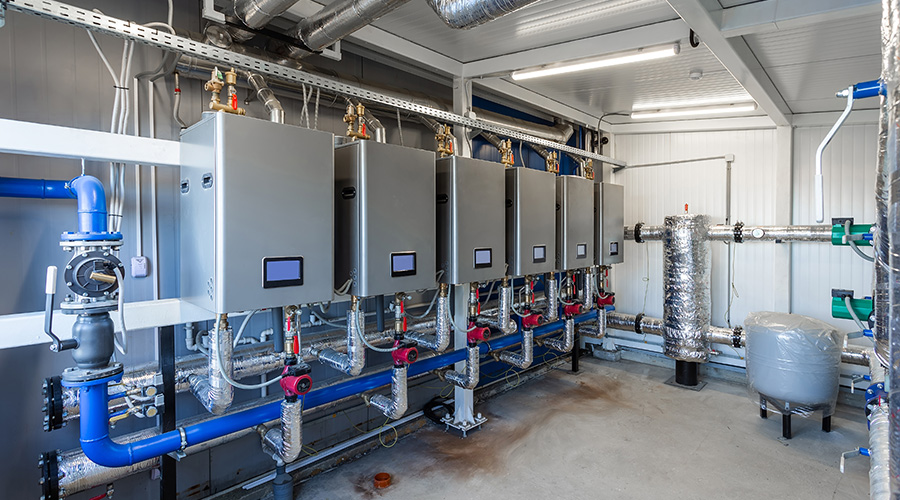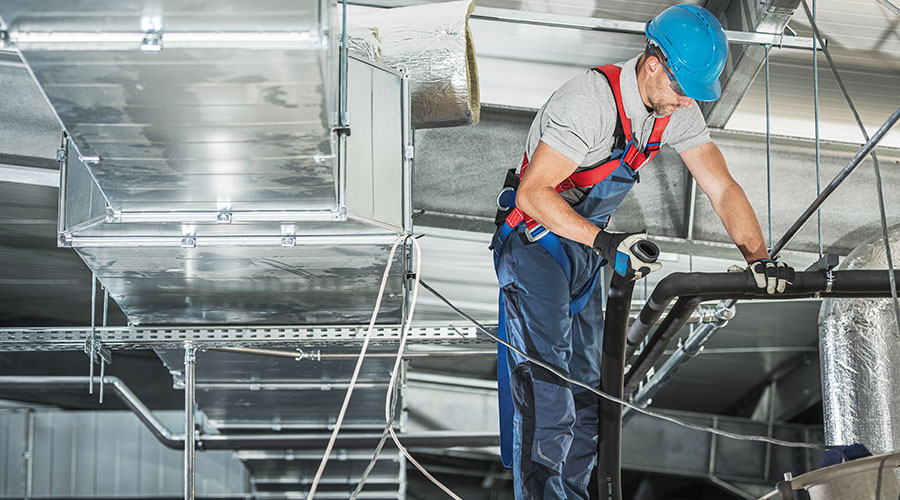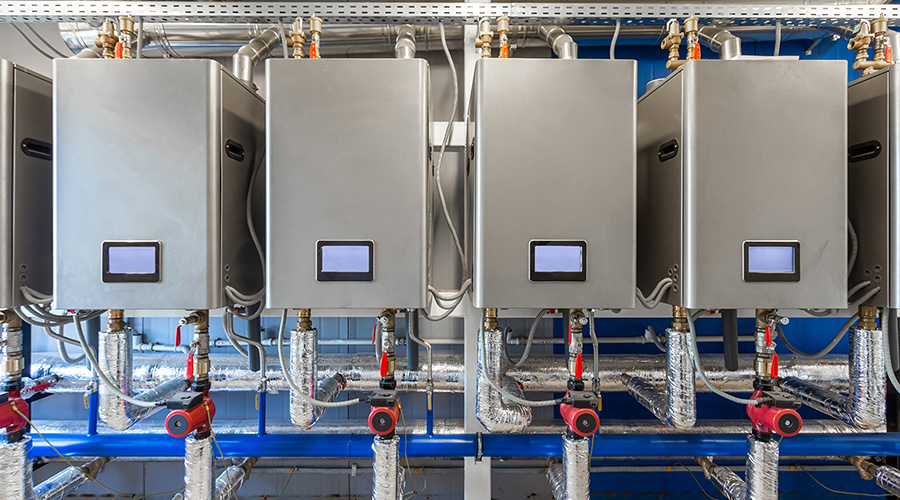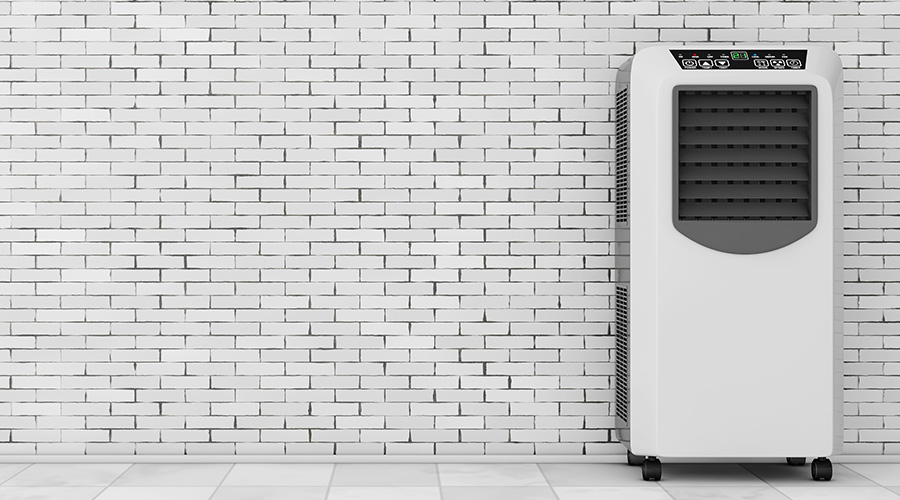BAS, VAV Boxes Help Control Long-Term HVAC Costs
Part 3 of a 3 part article on overlooked advances in HVAC products and technology
Control upgrades that integrate to a central building automation system (BAS) often require additional upfront costs greater than similar local control upgrades. But the integrated system can have unexpected energy reductions, due to the system it affects.
One strong case for such upgrades is the misuse of locally controlled radiator valves. Many times, these valves are applied to zones that also are conditioned by another system. Sometimes, a variable air volume (VAV) box might serve the same area, or the interior space could be conditioned by a central heating and air conditioning unit.
In these situations, local control valves either could fight with the interior control by overshooting or undershooting temperature set points to provide simultaneous heating and cooling conditions. In these cases, the integrated control valves would provide substantially higher paybacks. Controls that operators can adjust remotely also provide a much greater chance that the setpoints are monitored and adjusted to meet the space’s conditioning needs.
Controls that integrate with a BAS also can have additional energy-saving programming, such as unoccupied setpoints, programming changes for different seasons, and automatic setpoint resets. Some resets include a hot-water temperature setpoint based on outside air and setpoints for air-handling-unit static pressure and pump differential, based on demand usage.
Integrated controls systems also include integrate time clocks. Some equipment such as boiler control systems have control components which are only controlled locally. These control components include simpler upgrades such as heat timers which change pressure settings based on outside air temperature to complete fire control upgrades from single positioning controls to parallel positioning boiler controls which can improve efficiency by controlling exhaust air to meet the minimum required oxygen exhaust rates. These controls provide payback on larger equipment with less redundancy compared to simpler heat timer controls which affect the entire system regardless of redundancy.
Due to the decrease in the manufacturing costs of variable frequency drives, even constant volume equipment will typically have variable frequency drives to prevent inrush currents and extend the useful life of equipment. This application can be better addressed by installing motor soft starters that do not have as high of a drop in efficiency. Regardless of the type of variable starter being implemented bearing ring protectors should be considered to reduce bearing failure due to electrical voltages on the corresponding motor shaft. Once these voltages exceed the resistance of the bearing lubricant, they discharge through the motor’s bearings causing fusion craters, severe pitting, fluting damage, excessive bearing noise and eventually bearing failure.
When considering these integrated control systems, managers need to understand the control protocol. Depending on the existing control protocol, there could be limitations when considering repetitive control upgrades.
BACnet, the most widely used and adaptive control logic, has limitations when compared to some custom manufacturer control protocols. The biggest limitation is not having the ability to broadcast commands to multiple devices. BACnet requires the controller to repeat the signal to each device related to one command instead of broadcasting the command to all devices at once.
Thankfully, BACnet/IP was developed to integrate modern control networks with higher sensor counts and board rates, compared to more traditional Ethernet networks. BACnet/IP is better suited for these types of applications because it communicates directly with peer devices, can broadcast signals to all peer devices on the network, and can send remote broadcast to devices residing on networks with different network numbers.
One common oversight is to not clearly specify acceptable locations and clearances of critical sensor types. Several sensor types, such as air and water flow stations, require minimum clearances before and after obstructions to be reliable. Managers do not always understand this, resulting in inaccurate performances when this information is used to control energy-efficiency control loops.
Life-cycle considerations
Before considering major upgrades of HVAC systems to improve energy efficiency, managers should evaluate the remaining useful life of equipment. Efficiency upgrades that replace components at the end of their useful lives instead of adding components such as high-efficiency motors, as well as replacing pneumatic controls with digital controls, provide considerable payback because the cost to replace the component with the same kind would not be included in the additional upfront cost required for the premium higher-efficiency components.
If the component is not at the end of its useful life, managers should consider a life-cycle-cost analysis to evaluate these potential upgrades.
If control upgrades reduce the capabilities to meet future expansion needs, managers should consider the cost to recover these capabilities. Generally, control panels are installed with additional ports available for future expansion. As points are added to improve efficiency, operators can use these additional ports, requiring additional more costly expansion panels or modules.
Finishing touches
Upgrades to existing systems do have limitations managers must consider when comparing their benefits to those of new construction. Most facilities have space limitations, so it is more difficult to replace equipment and wiring that needs to be rerouted through existing walls. Managers can address these challenges through systems such as fan-wall technology, which can be installed in smaller sections and combined to facilitate the same capacity as the larger pre-existing fan.
Another option is to install wireless controls. These applications might have better paybacks due to fewer installation hours, although they might require additional hours to maintain. If the work involves hazardous materials that require abatement, that most certainly would mitigate any potential payback. So before any energy-efficiency upgrade, managers should schedule a survey to determine the presence of potential existing hazardous materials.
Finally, before specifying energy-efficiency control upgrades, managers should consider devoting additional staff hours to setup, verify, and provide training on the upgrades. These additional staff hours should cover calibration, commissioning, training, and warranty requirements. A control system that is not properly set up could be less energy efficient than the original functioning state.
When specifying warranties, managers need to review both the contractor’s guarantee period and extended manufacturer warranty provisions. This step will ensure that managers address issues related to both contractor oversights and failed parts due to extended equipment before the finished project is turned over to facilities staff.
Derek Tynan is a senior project engineer with Horizon Engineering Associates, LLP, www.horizon-engineering.com.
Related Topics:














